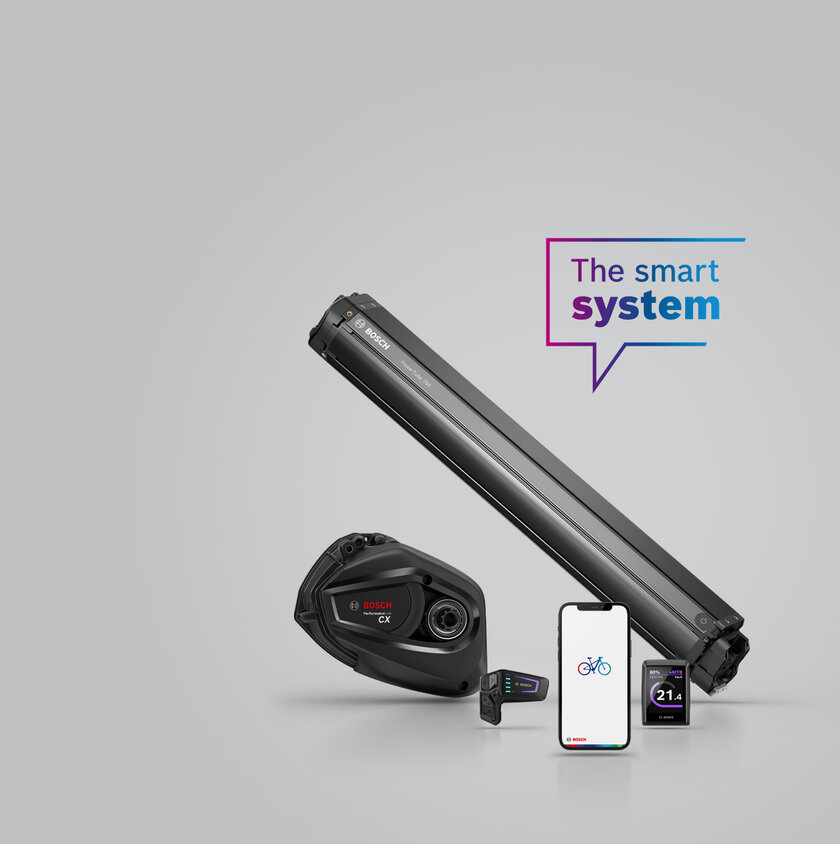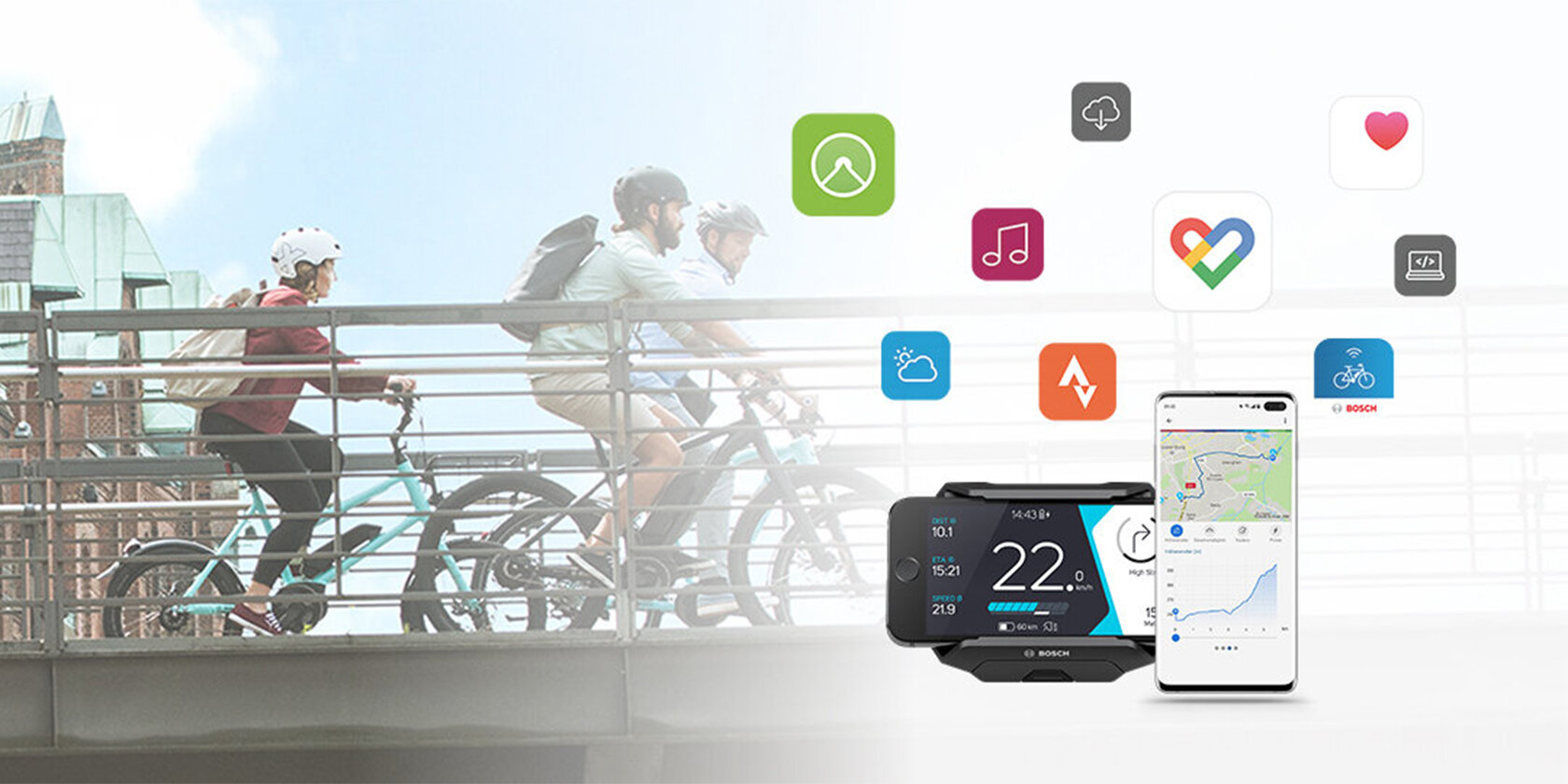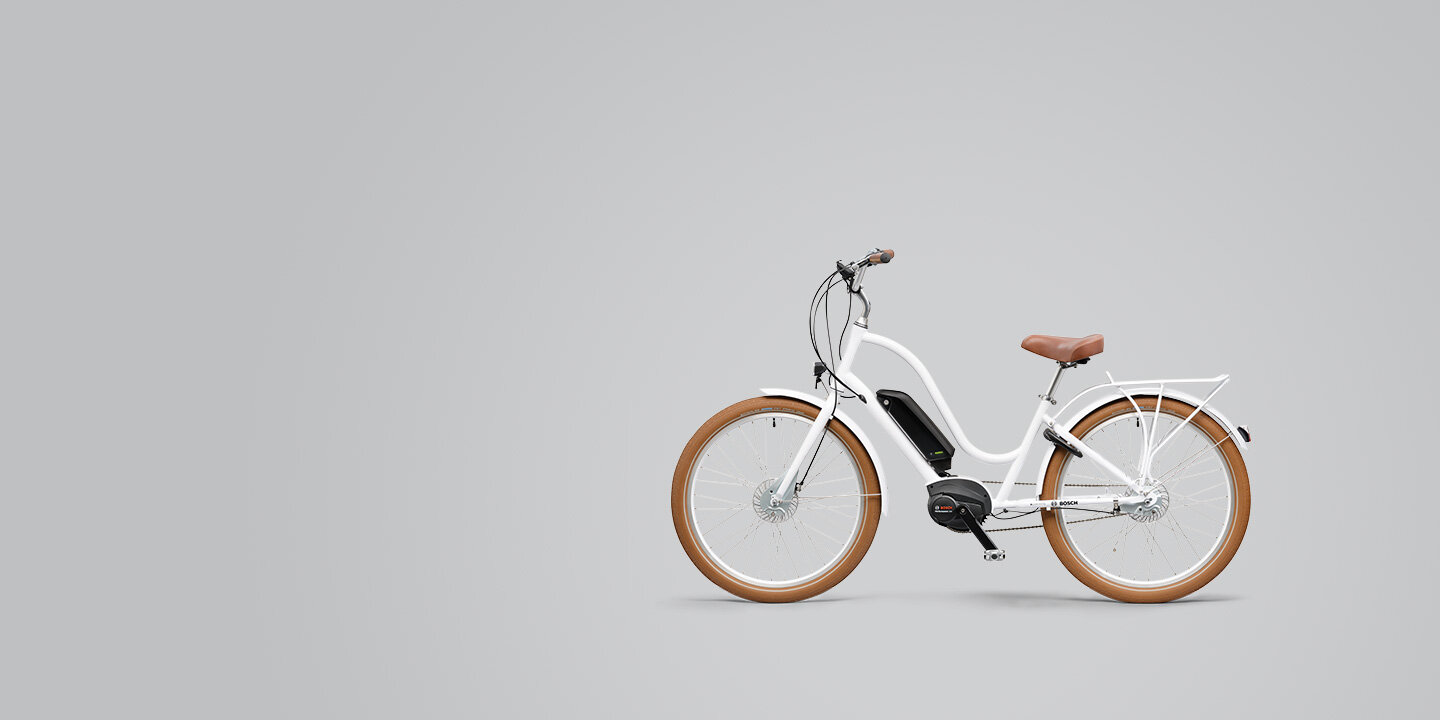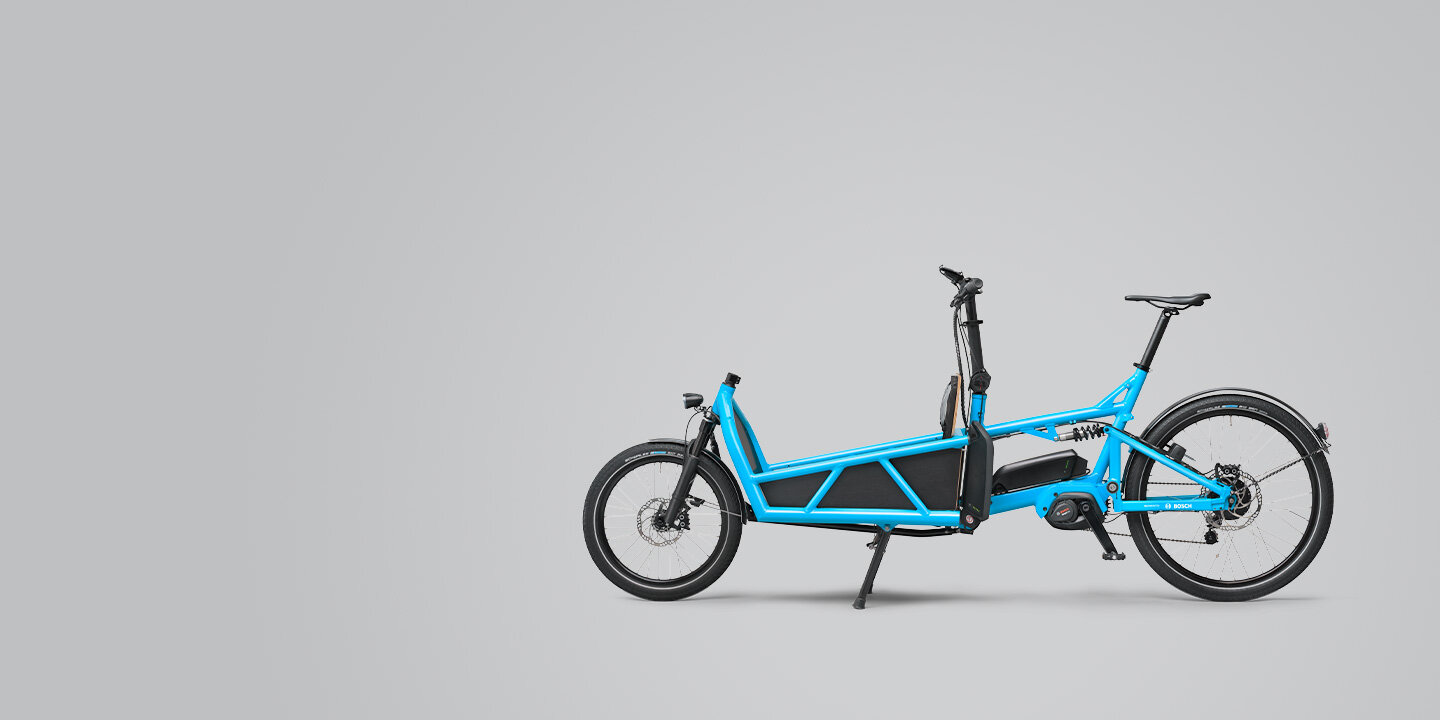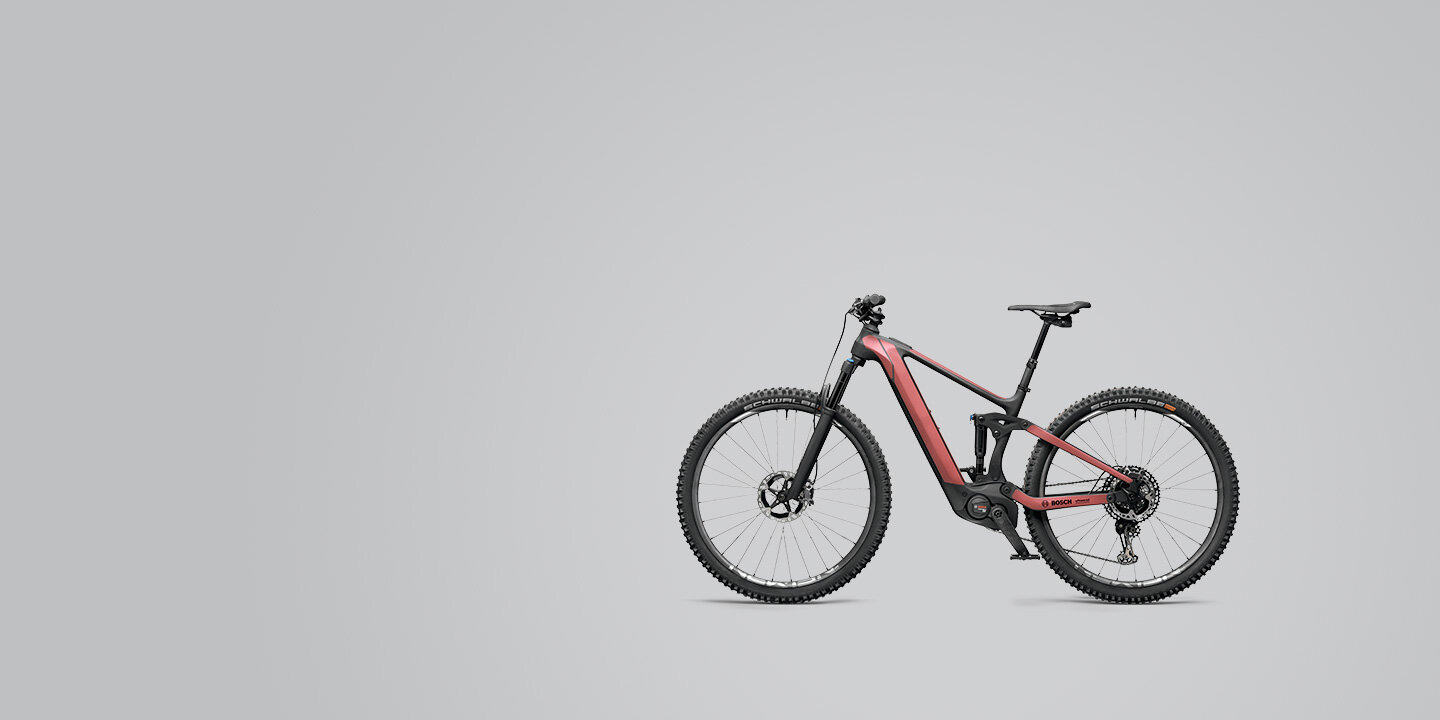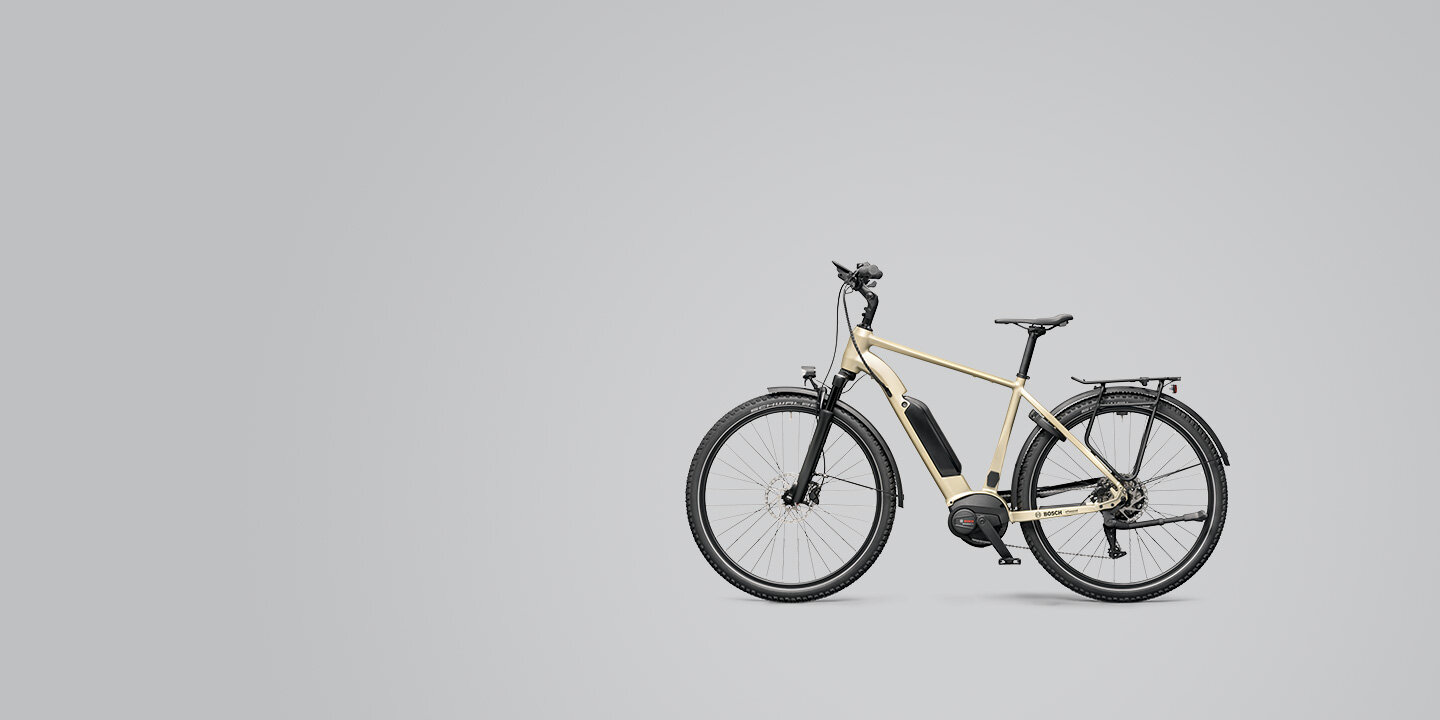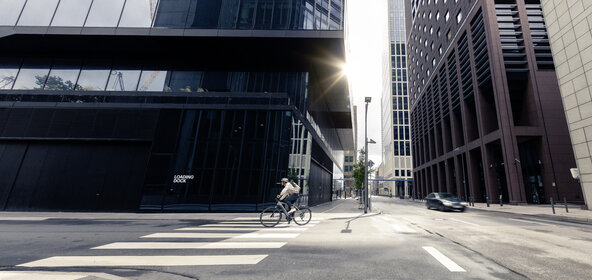
Stephan Rammler, sociologist and founder of the Institute for Transportation Design, predicts a fundamental transformation in cities that will only succeed with sustainable mobility.
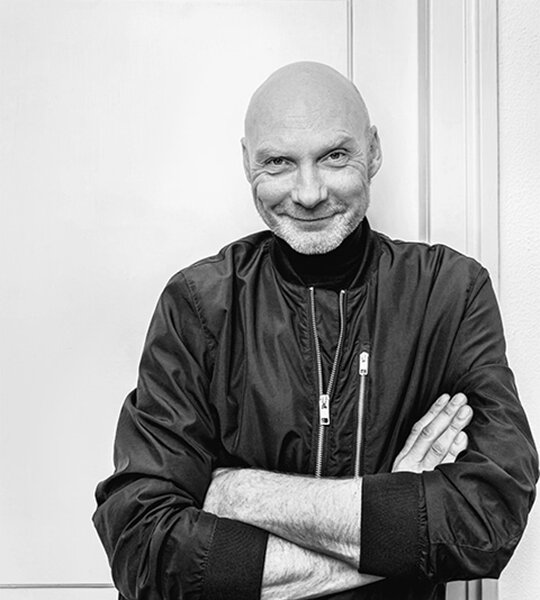
Mr. Rammler, how will cities be different in the future?
As more and more people move to urban areas, the demand for living space, cultural and leisure facilities and mobility will also increase. The question is how to reconcile future expectations with the available urban space.
What's your solution?
The increasing density of the population in cities will give rise to a central demand for greater sustainability, as otherwise we will simply run out of air to breathe in cities due to climate change. This affects many areas, but first and foremost mobility. Individual ownership of the classic combustion engine car with its significant ecological footprint cannot continue. As is evident in younger generations, usage patterns are shifting towards sharing - from car and ride sharing to electric scooter and bike sharing services.
Will the city of the future be car-free?
I wouldn't quite go that far. In the future, however, there will certainly be more electrified vehicles on the road. Politicians will have to incentivise more sustainable mobility, for example by introducing a toll for motorists in the city. Because one thing is clear: The transformation can no longer be put on the long finger.
Ralph Buehler, professor and transportation researcher at the Virginia Tech Research Center in the U.S., discusses ways to create a bike-friendly city and the Copenhagen model. Researcher Ralph Buehler is the author of "City Cycling" (2012) and "Cycling for Sustainable Cities" (2021) – and commutes to work by bike himself.
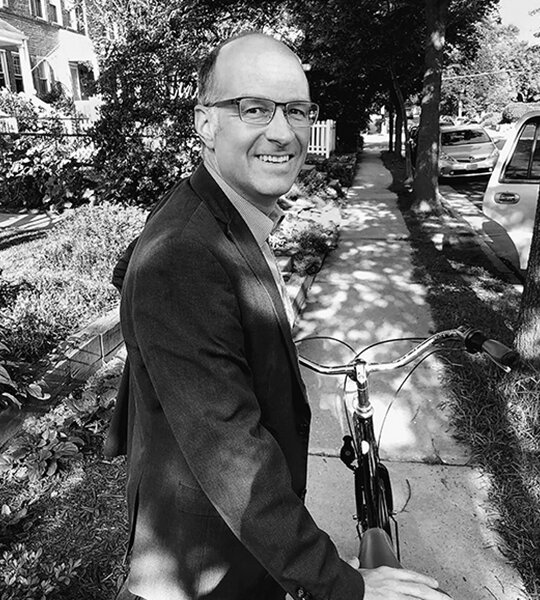
Mr. Buehler, Copenhagen is universally regarded as a model for bike-friendly traffic management – what can other cities learn from it?
Like many smaller cities in the Netherlands, the statistics for the Danish capital are the stuff of dreams. 49 percent of the population cycle to school, university or work. However, this did not happen overnight, as Copenhagen is a traditionally bike-friendly city that has stepped up its measures over the last 30 years. The reason why the city has become a model for the world at large can best be summed up with a formula for success: separate, protected cycle paths along the main traffic routes. These allow everyone to get around quickly and safely.
Do you see signs that other cities are following suit?
Yes, there is already a trend in many cities around the world to create protected bike lanes to allow cyclists to get from A to B safely and quickly - often in combination with more car-free zones in downtown areas and streets with speed limits. This is part of a transport policy that gives more space to pedestrians, cyclists and public transport, while restricting car traffic and making it less attractive. This can be seen in Montreal in Canada or Portland in the USA, as well as in the European cities of Paris, Vienna and Barcelona.
What is driving this development?
Municipal authorities around the world face the challenge of reducing CO2 emissions, minimising traffic congestion and combating local air pollution. This is the only way to maintain quality of life. We're talking about values like health, safety and recreational opportunities. For this, the traffic space needs to be reallocated.
How important is the role of the bicycle in the mobility revolution?
Cycling will play a major role in sustainable transport. In cities in particular, it is the perfect means of transport for many people when it comes to distances of up to ten kilometres. The increased popularity of eBikes is giving this development a further boost. They allow longer distances to be covered and appeal to new target groups. For example, commuters who no longer get into a sweat, even on long and steep routes to the office. This requires an expansion of the cycle path network so that people from outlying areas can commute quickly to the city and back home again. Many cities still have some catching up to do here.


